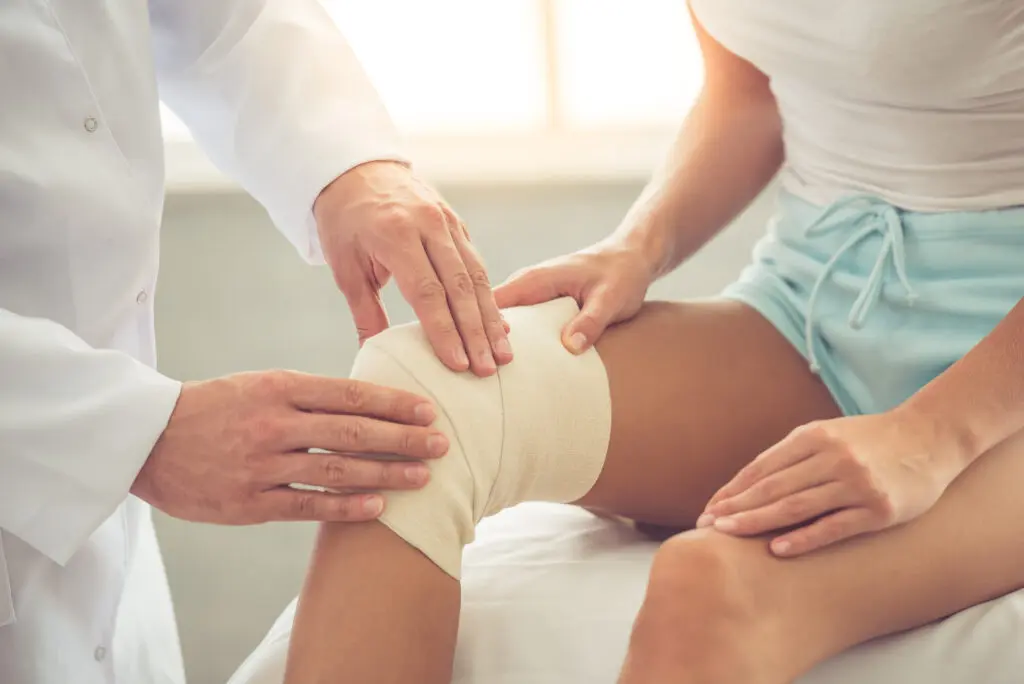Tendon & Ligament Repair
Tendon and ligament injuries are common, especially among athletes and active individuals. When these injuries occur, they can significantly impact your mobility and quality of life. Tendon and ligament repair is a surgical procedure designed to restore the function and strength of these essential connective tissues.
Understanding Tendons and Ligaments
What are Tendons?
Tendons are strong, fibrous tissues that connect muscles to bones. They transmit the force generated by muscle contractions to the bones, enabling movement. Common tendon injuries include tears, ruptures, and tendinitis, which is the inflammation of the tendon.
What are Ligaments?
Ligaments are bands of tough, elastic tissue that connect bones to other bones, providing stability to the joints. Ligament injuries, such as sprains or tears, can occur due to sudden twists or impacts, especially in the knees, ankles, and wrists.
Conditions Treated with Tendon and Ligament Repair
Tendon and ligament repair surgery can address a variety of injuries and conditions, including:
- Achilles Tendon Rupture – A complete tear of the Achilles tendon, which connects the calf muscles to the heel bone.
- Rotator Cuff Tear – A tear in one or more of the rotator cuff tendons in the shoulder.
- Anterior Cruciate Ligament (ACL) Tear – A common knee injury where the ACL is torn, often seen in athletes.
- Medial Collateral Ligament (MCL) Tear – Another knee injury where the MCL is damaged.
- Tennis Elbow – A condition caused by overuse of the forearm muscles, leading to tendon damage.
- Carpal Tunnel Syndrome – A condition where the median nerve is compressed at the wrist, often requiring ligament release.
The Tendon and Ligament Repair Procedure
Understanding the surgical procedure can help ease any concerns and prepare you for what to expect.
Pre-Operative Preparation
Before the surgery, you will undergo a thorough evaluation, including a physical exam, medical history review, and imaging tests like MRI or ultrasound. Your surgeon will provide specific instructions on how to prepare, including fasting and any medications to avoid.
During the Surgery
- Anaesthesia – The type of anaesthesia (local, regional, or general) will depend on the injury and the specific procedure.
- Incisions – Small incisions are made near the injured area.
- Repair Process – The surgeon may use sutures, anchors, or grafts to repair or reconstruct the torn tendon or ligament. In some cases, a tendon or ligament graft from another part of your body or a donor may be used.
- Closing Incisions – Once the repair is complete, the incisions are closed with stitches or steri-strips and covered with a bandage.
Post-Operative Care
After the surgery, you will be monitored in the recovery area as the anaesthesia wears off. Pain and swelling are common and can be managed with medication and ice packs.
Recovery and Rehabilitation
Recovery from tendon and ligament repair varies depending on the severity of the injury and the specific procedure performed. Here are some general guidelines:
Immediate Post-Surgery
- Keep the affected limb elevated to reduce swelling.
- Apply ice packs as recommended by your surgeon to manage pain and swelling.
- Take prescribed pain medications as directed to stay comfortable.
Follow-Up Care
- Rehabilitation is crucial for restoring strength, flexibility, and range of motion. Your physical therapist will guide you through exercises and stretches tailored to your recovery.
- Follow your surgeon’s advice on weight-bearing and activity limitations to avoid re-injury.
- Regular visits to your surgeon will ensure proper healing and monitor your progress.
Long-Term Recovery
- As your tendon or ligament heals, you will gradually increase your activity level under the guidance of your physical therapist.
- Ongoing physical therapy may be necessary for several months to achieve optimal recovery.
- Engage in strengthening and flexibility exercises to prevent future injuries.
Risks and Complications
While tendon and ligament repair surgeries are generally safe, they carry potential risks and complications, including:
- Infection – Post-operative infections are rare but can occur at the incision sites.
- Blood Clots – There is a risk of developing blood clots in the legs (deep vein thrombosis) or lungs (pulmonary embolism).
- Stiffness – Joint stiffness or reduced range of motion may occur, necessitating additional physical therapy.
- Nerve or Blood Vessel Damage – There is a slight risk of injury to nearby nerves or blood vessels.
- Re-Injury – The repaired tendon or ligament can be susceptible to re-injury if not properly cared for during recovery.
Tendon and ligament repair is a vital procedure for restoring function and relieving pain caused by injuries to these crucial connective tissues. By understanding the process, preparing adequately, and committing to a thorough rehabilitation program, patients can achieve significant improvements in mobility and quality of life. If you’re considering tendon or ligament repair, consult with your orthopaedic surgeon to discuss your specific condition and determine the best treatment plan for you. With proper care and dedication to recovery, many patients return to their regular activities stronger and more resilient than before.





